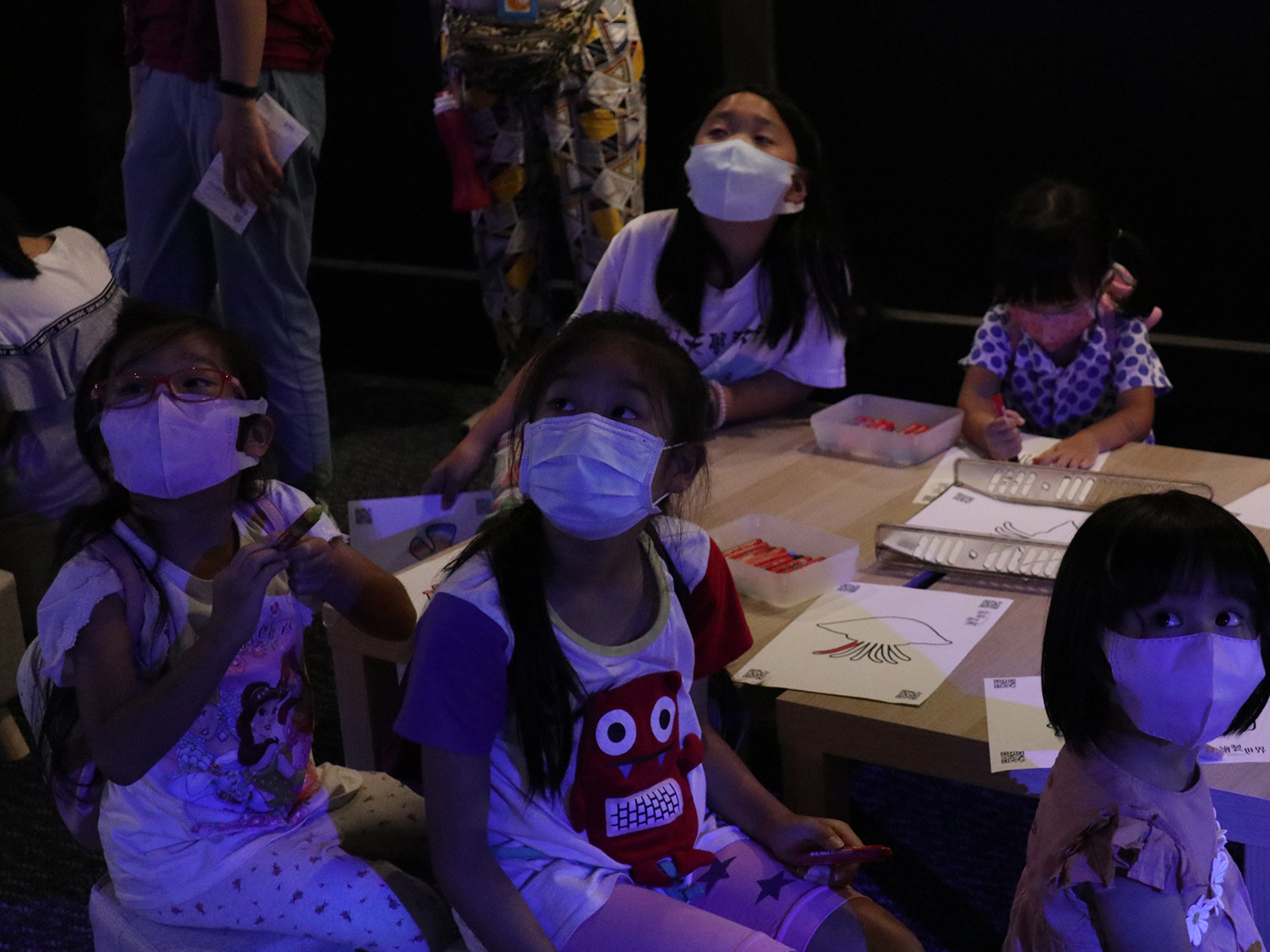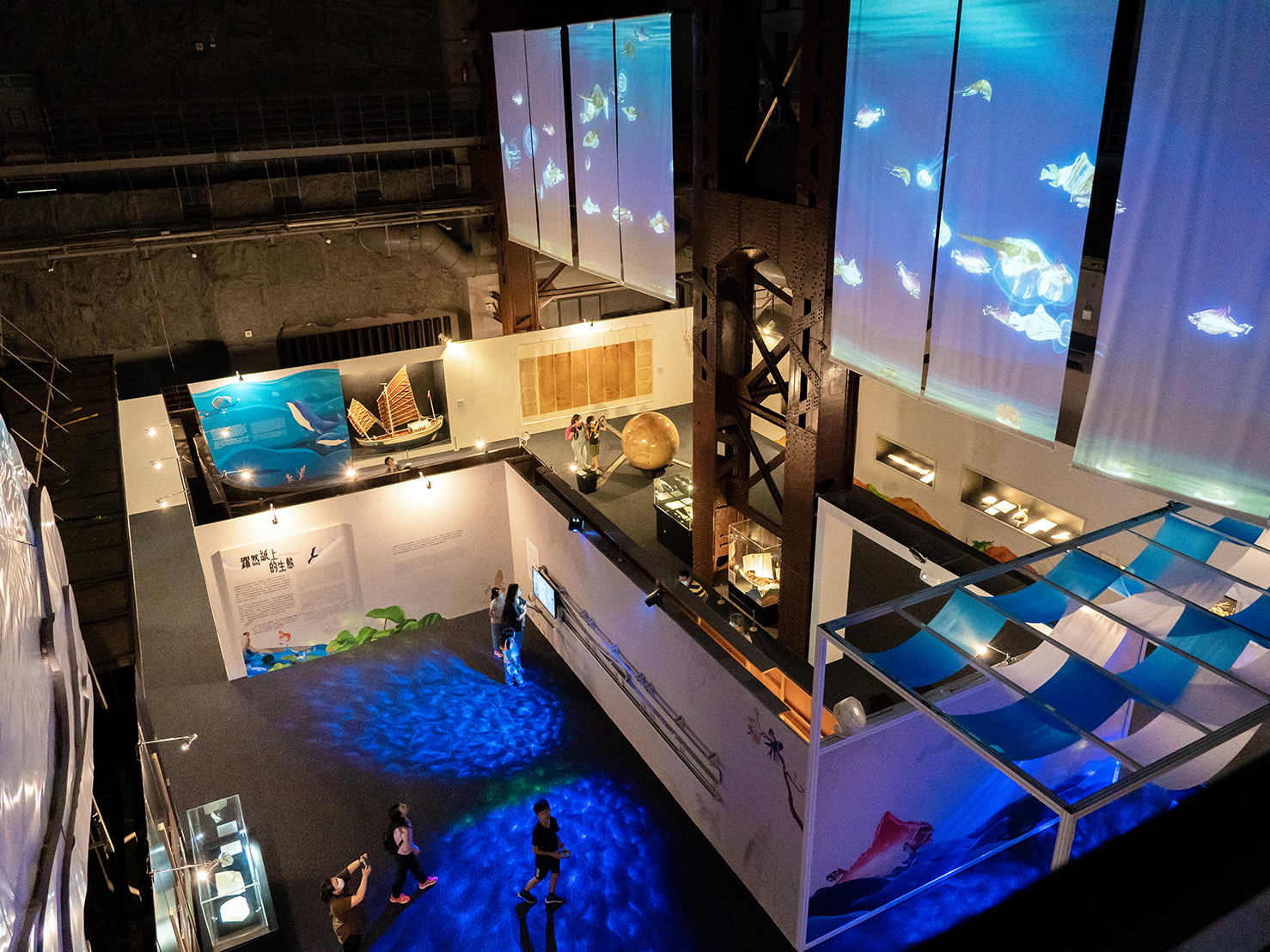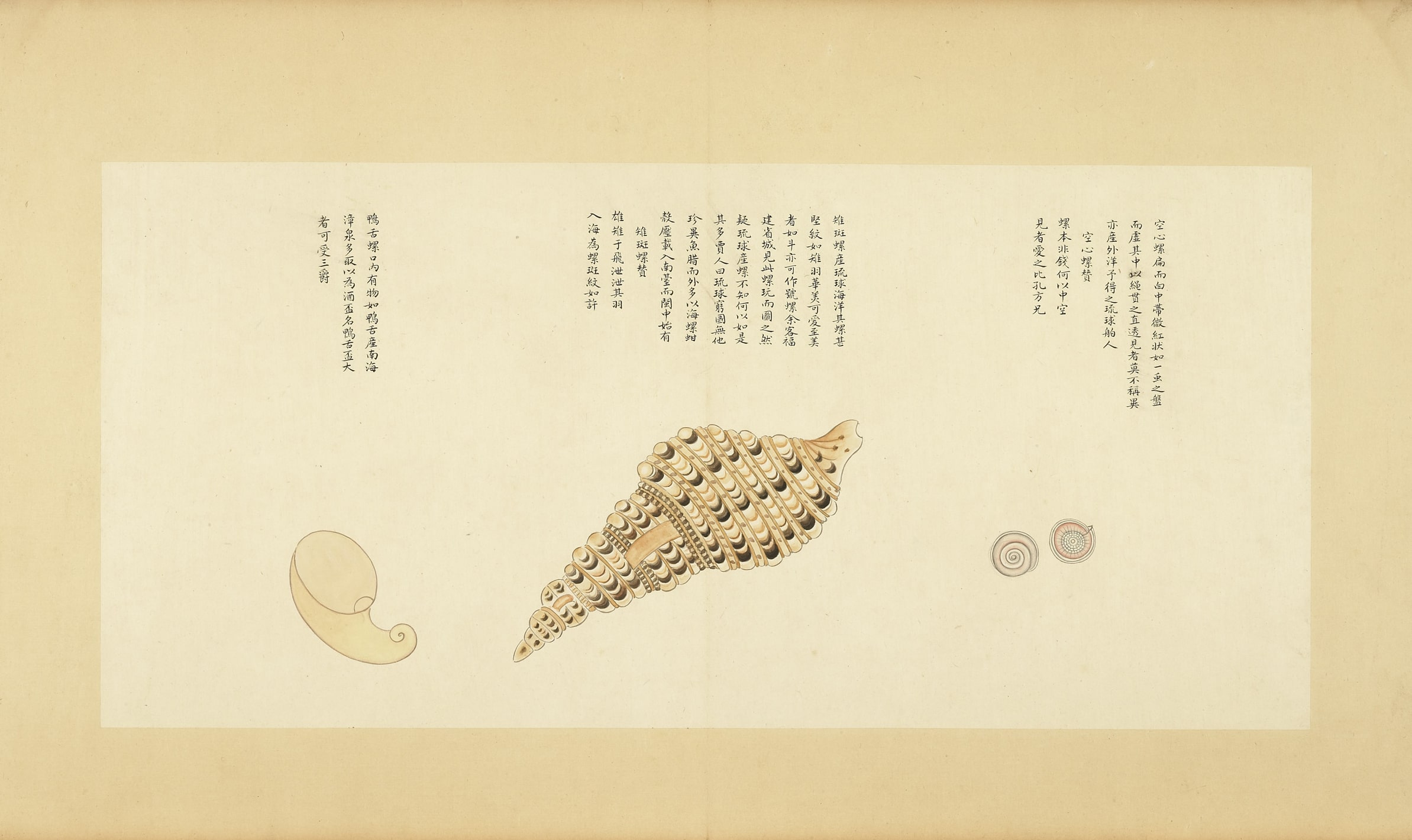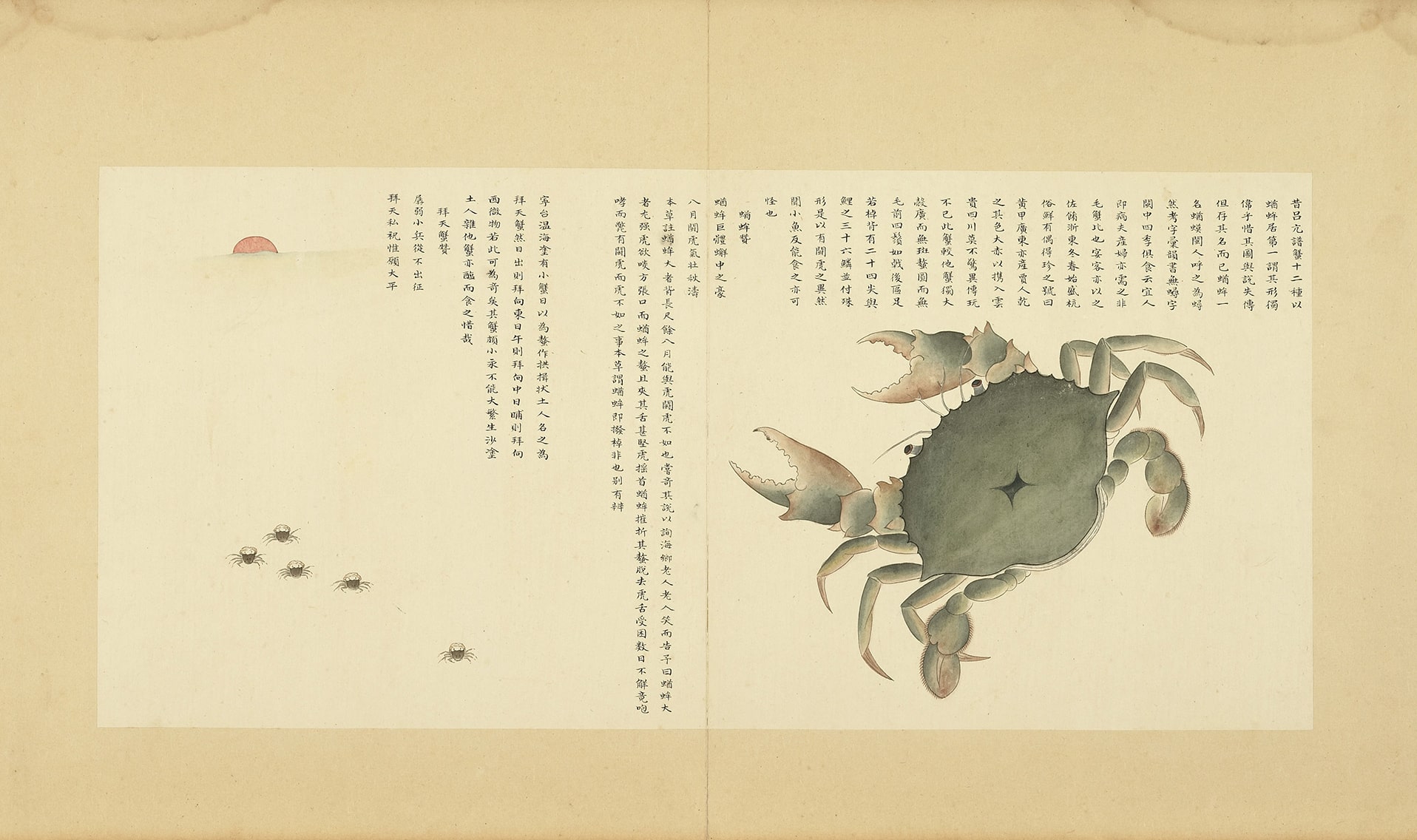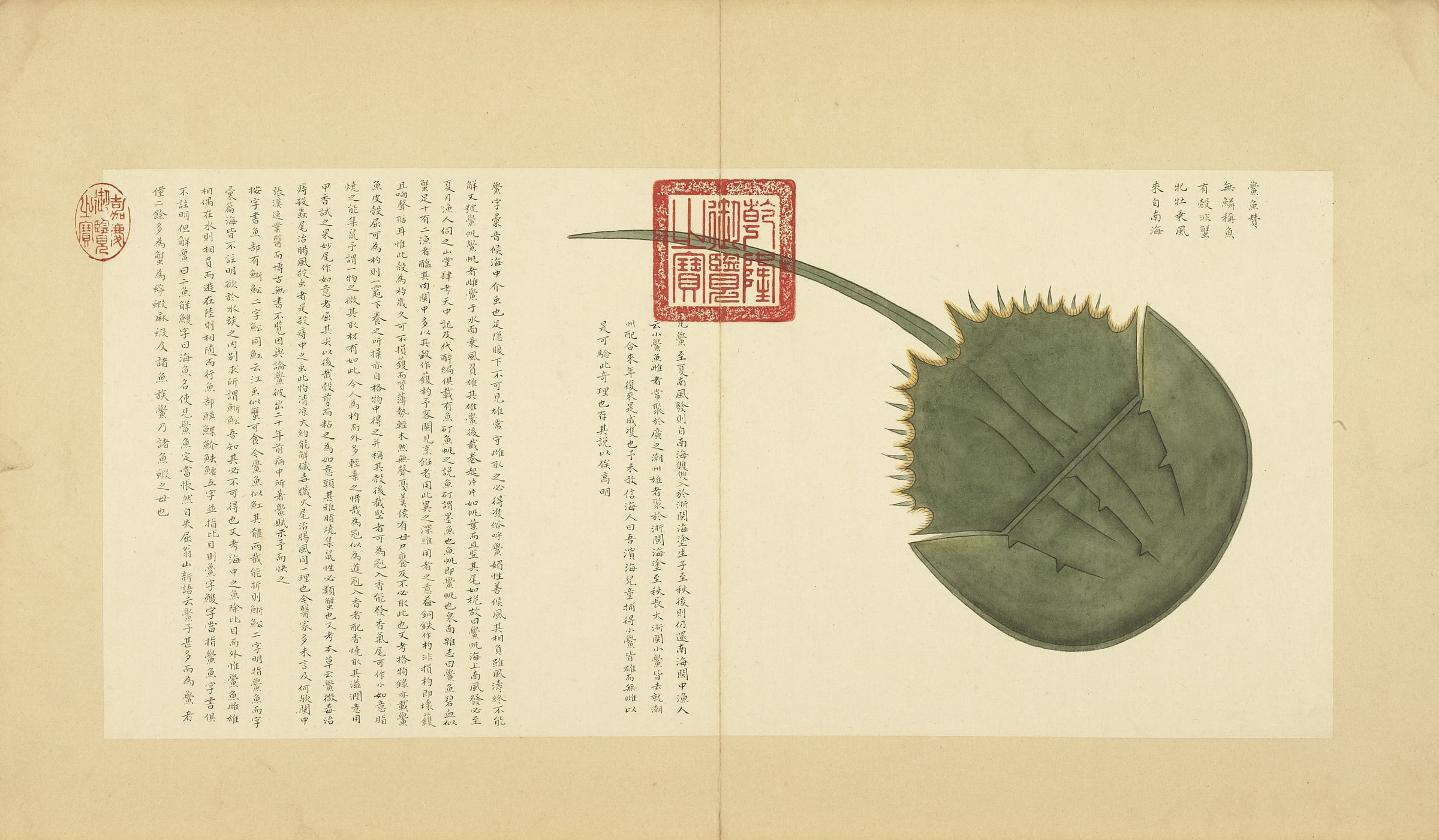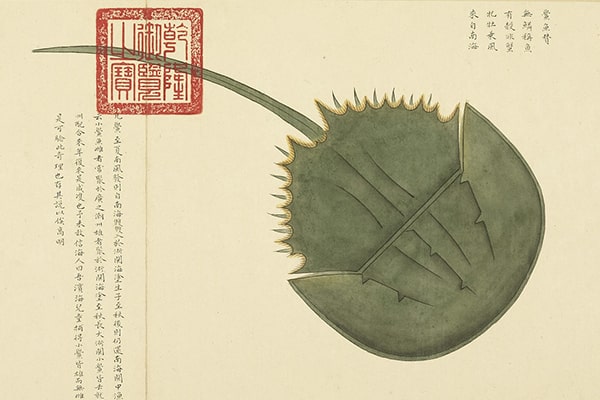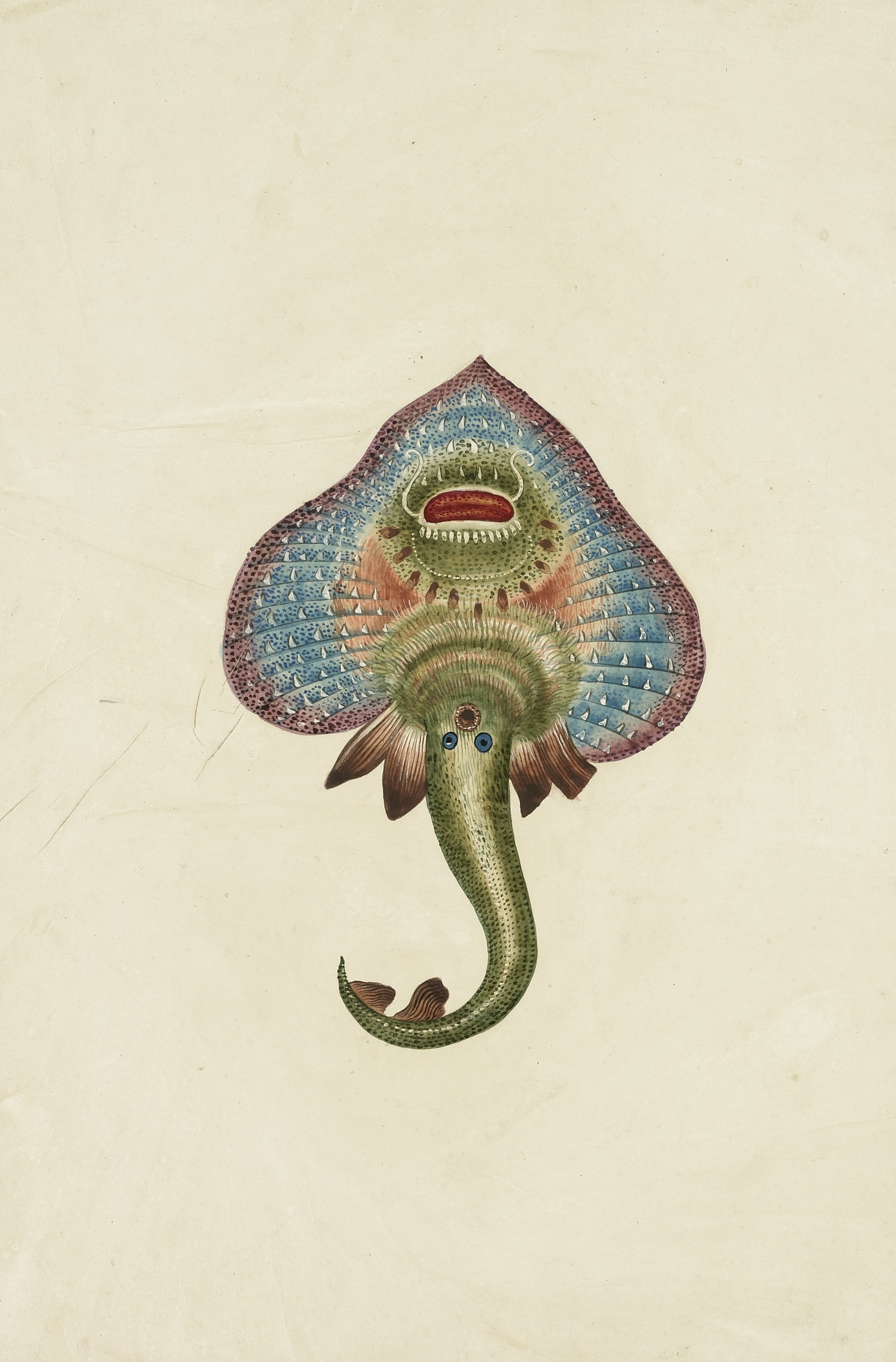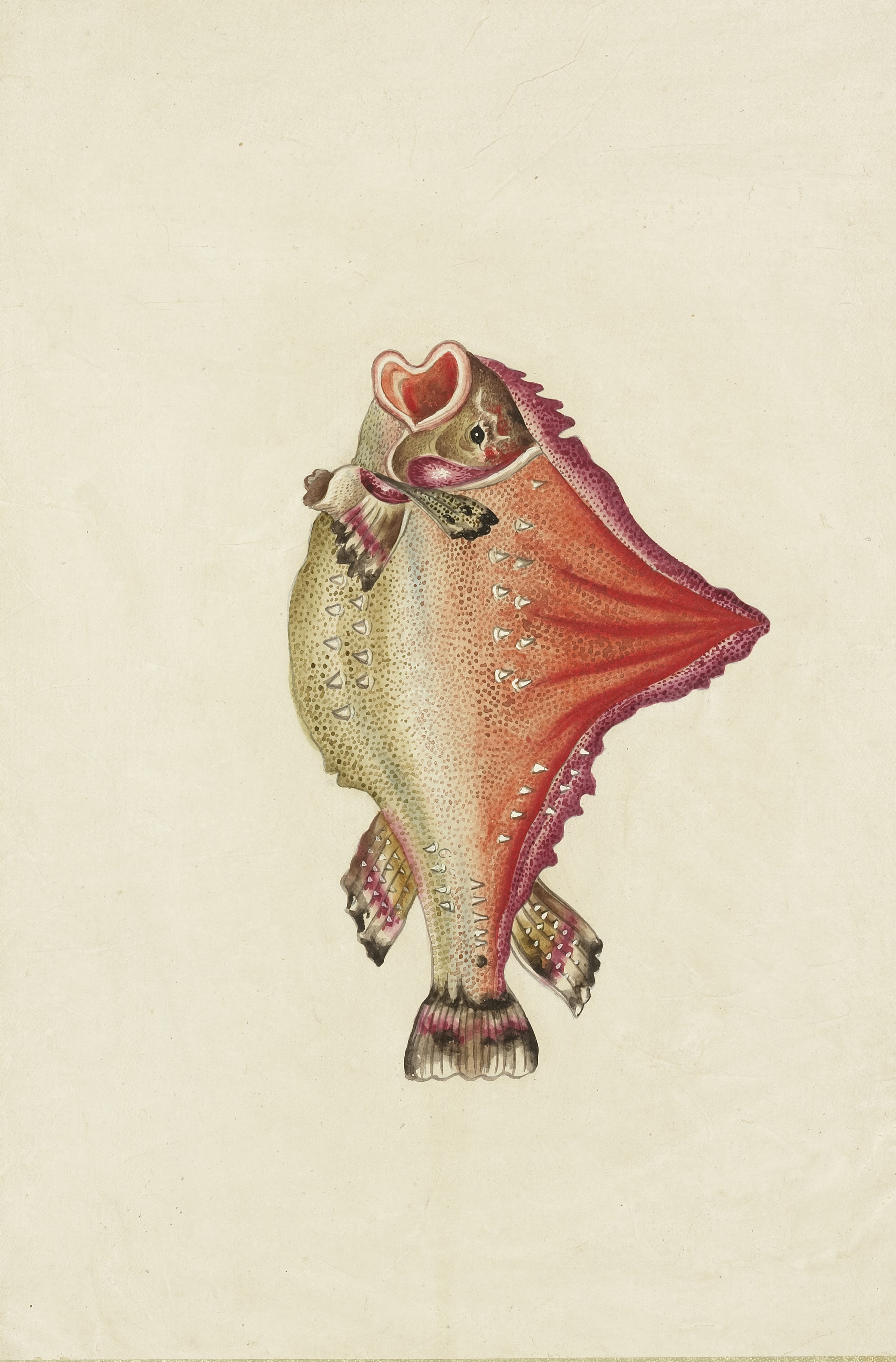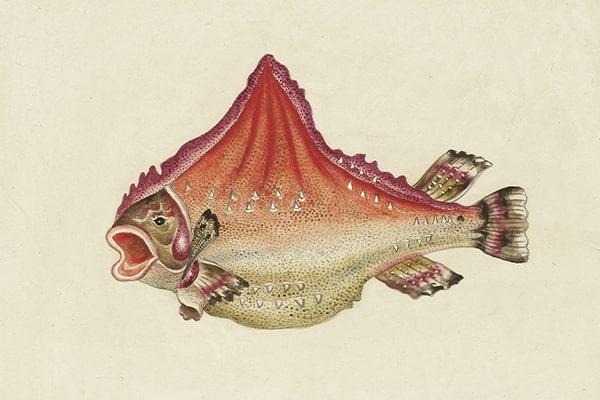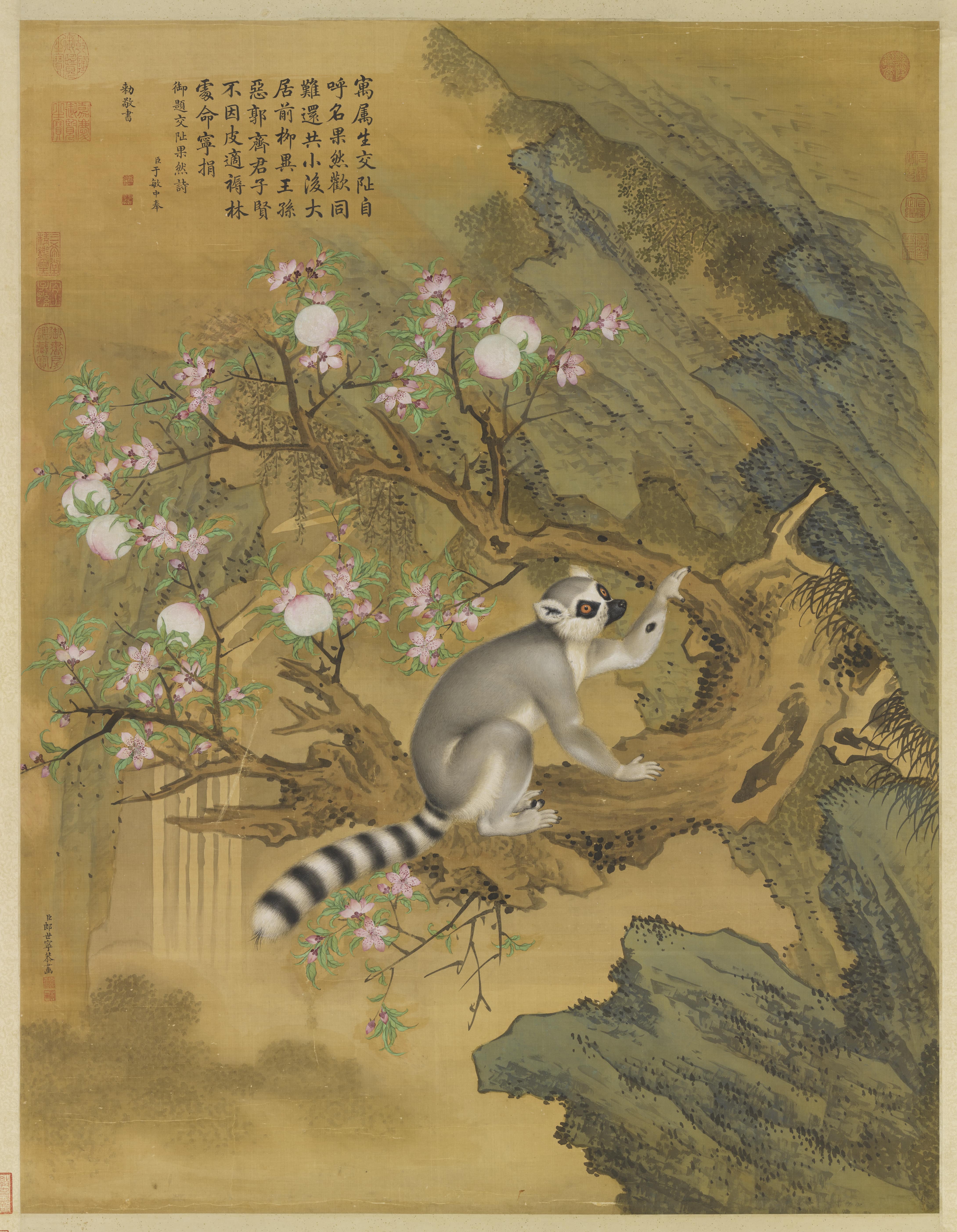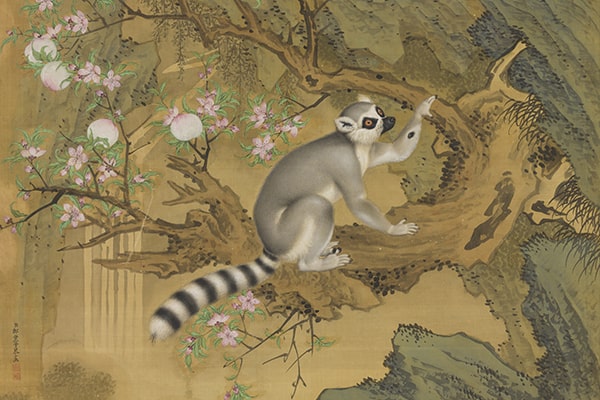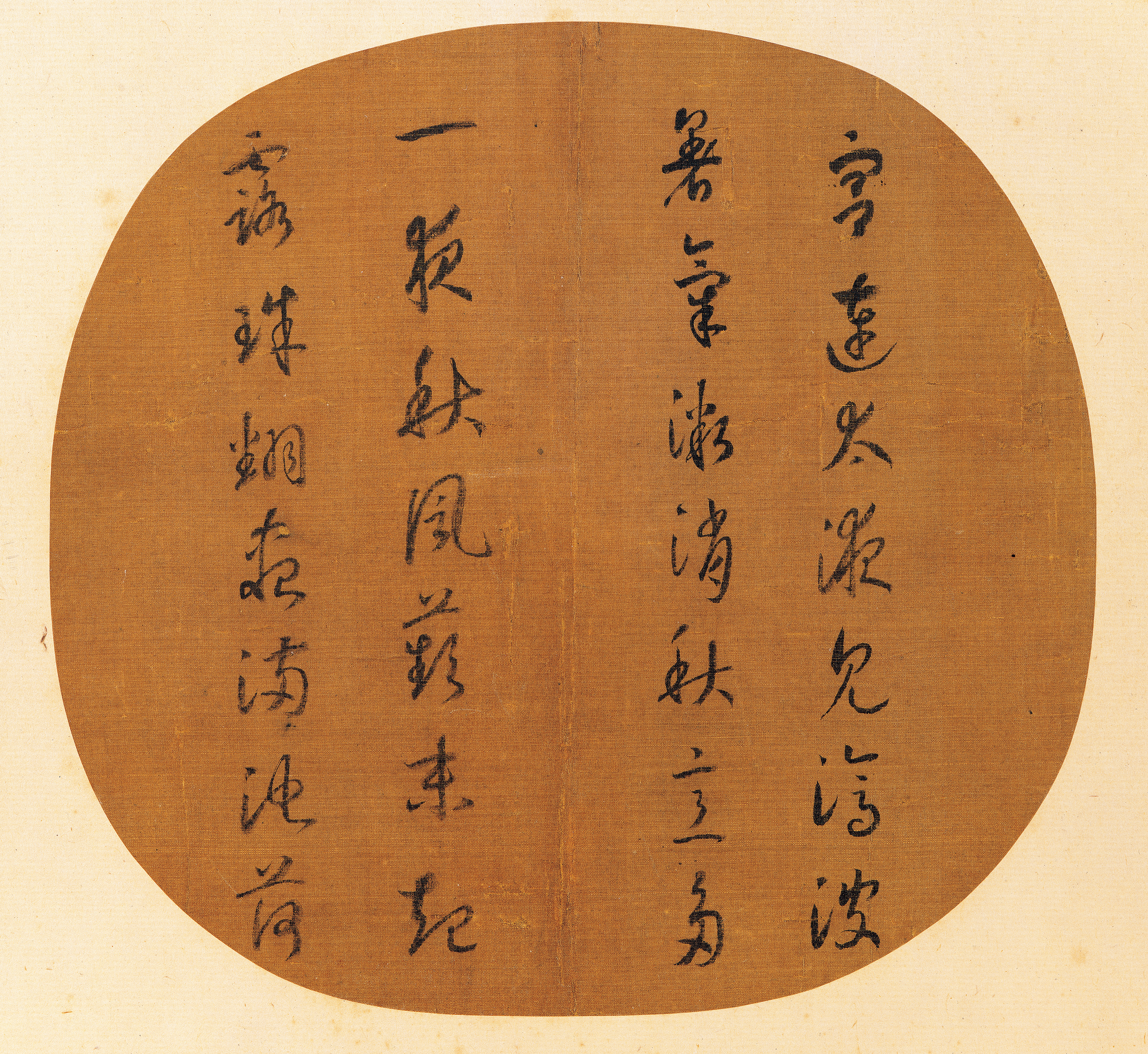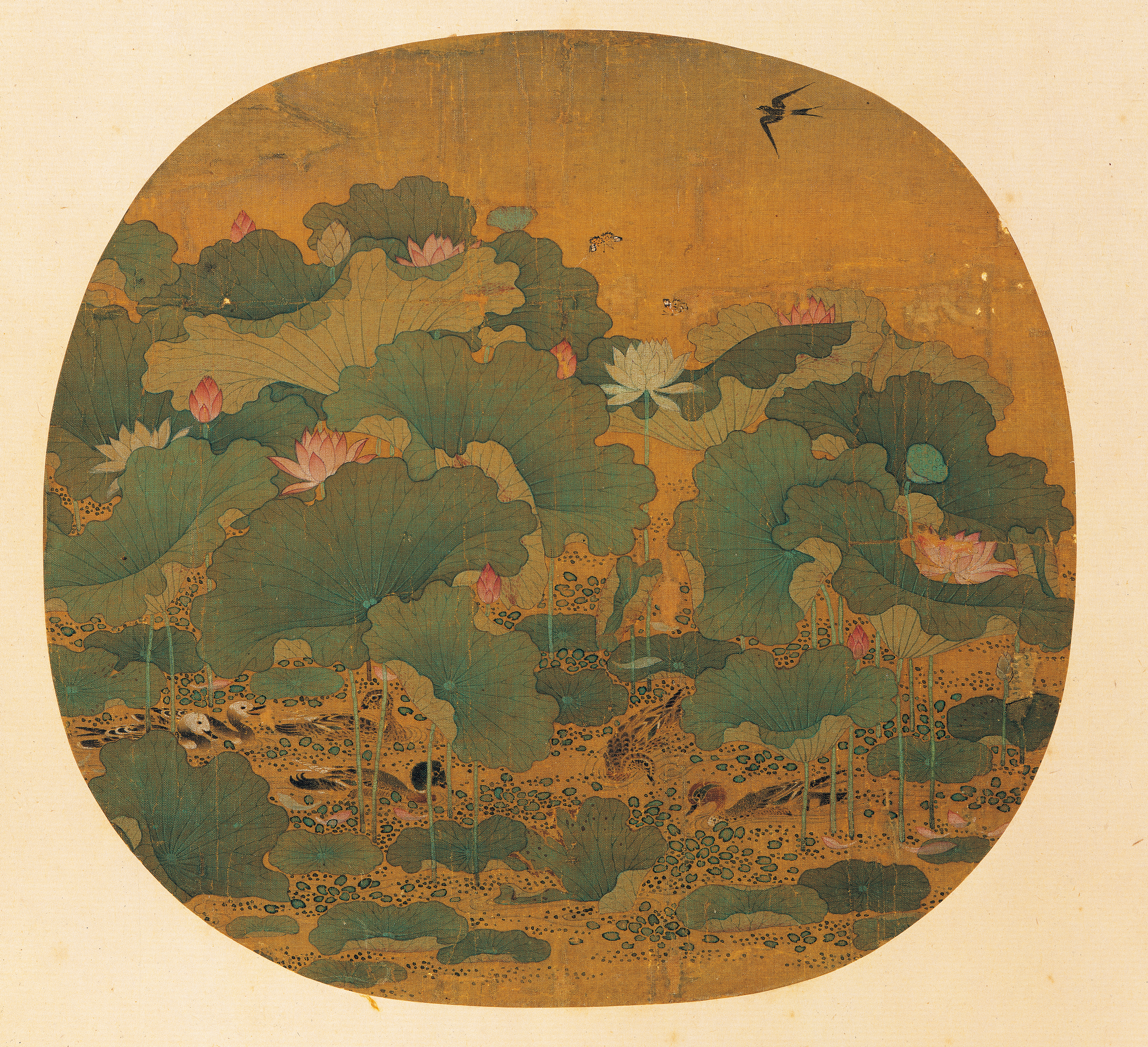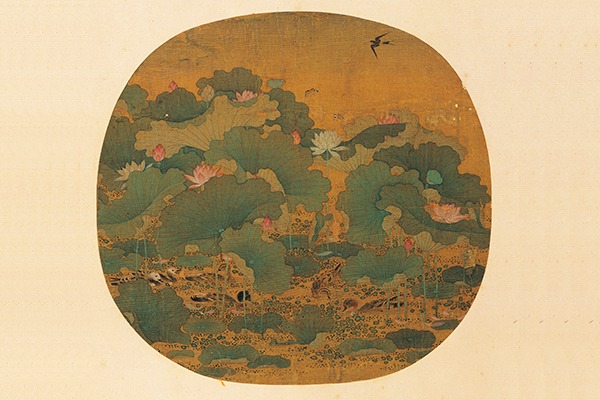The museum contains artifacts and artworks from numerous periods, offering a breadth and depth of information that serves as a valuable source of knowledge and spiritual meaning. With such a feast to behold, visitors tend to linger. The oldest known artworks in the world are cave paintings in France's Grotte Chauvet, or Chauvet Cave, which are approximately 36,000 years old. Consisting mostly of dynamic depictions of various land animals, these grand paintings make the countless tourists who visit each year feel as if the animals are actually present. Historical remains such as these cave drawings tell an exciting story. By proving the existence of various creatures and objects during past periods, their art became a source of wonder for modern day viewers.
Different cultures assign their own meaning to imagery. In order to create positive cultural symbols, people add images to paintings or implements then display these decorative items throughout the home to seek good fortune and avoid calamities. Aristocrats choose more expensive and refined paintings and calligraphy which serve the same purpose. Due to the limitations of science and technology, people in the past did not possess a strong understanding of the world. Relying on their imaginations and what they read in books or heard from others, they drew things that they had never seen. Depictions of exotic plants and animals that became part of the historic record make it seem as if these unusual organisms existed.
The plant and animal images shown in the "Vivid Ecological Appearances" section, including "Lotuses in the Wind at Taiye" by the Song Dynasty artist Feng Ta-yu, the series of works from the Qing Dynasty artist Giuseppe Castiglione, and the Qing Dynasty artifacts "Rich and Varied Products of the Sea" and "Fish Oddities," each contain magnificent ecological creatures worthy of study.
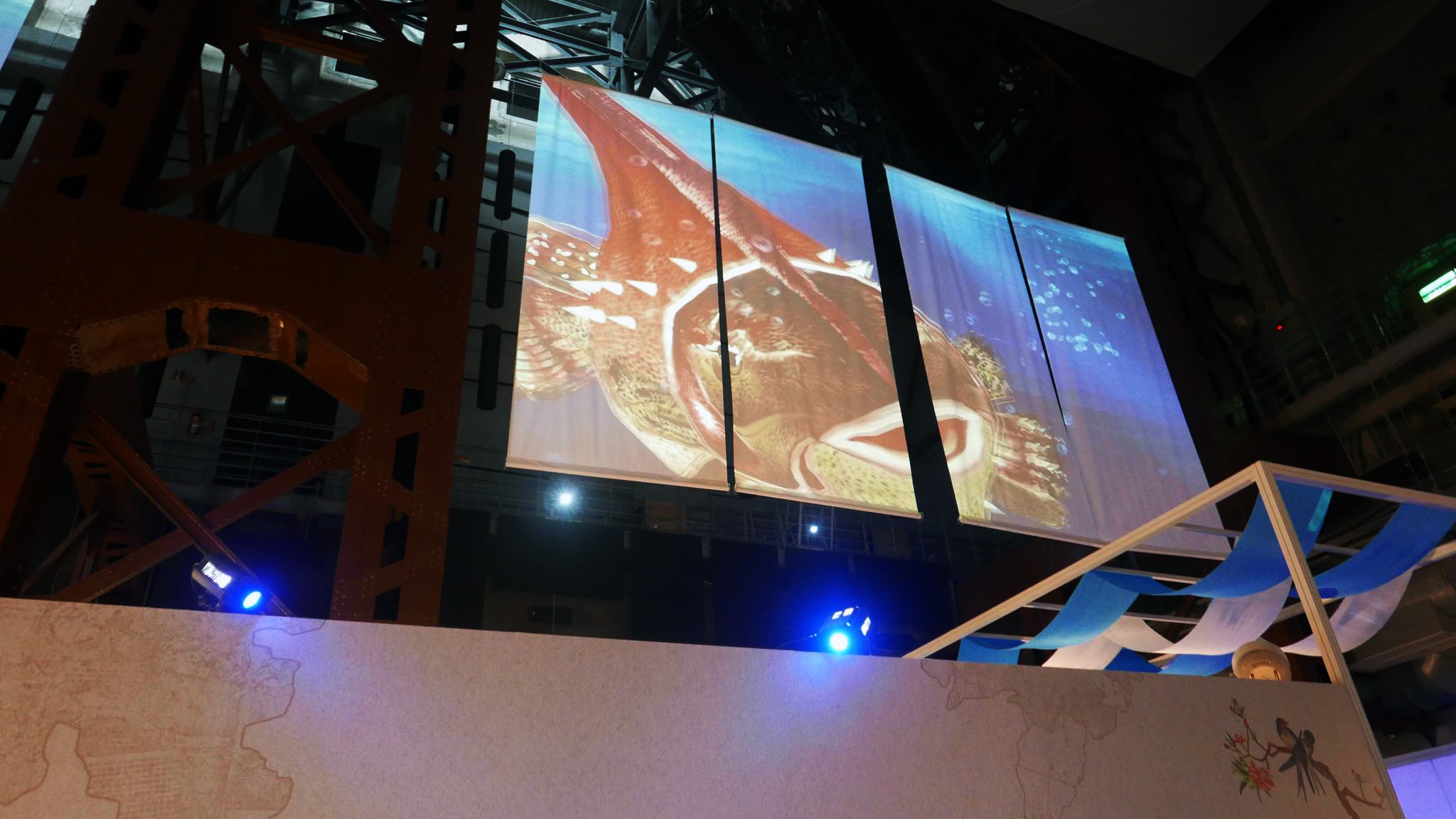
Animated Art – Interactive Painting Projections
【Origin of the concept】
Rich and Varied Products of the Sea
- Nie Huang, Qing Dynasty (1644-1911)
- Album leaf, ink and colors on paper, 30.4 x 68 cm
【Origin of the concept】
Fish Oddities
- Qing Dynasty (1644-1911)
- Album leaf, 33 x 22 cm
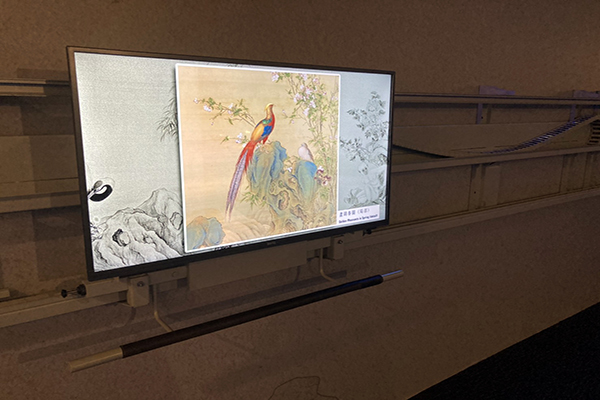
Explore the Flora and Fauna of Castiglione
【Origin of the concept】
Paintings by Giuseppe Castiglione
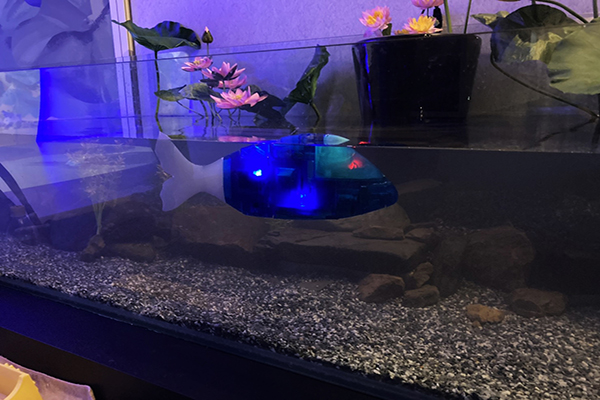
Mechanical Fish

Summer Lotus
【Origin of the concept】
Lotuses in the Wind at Taiye
